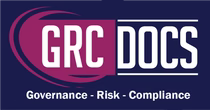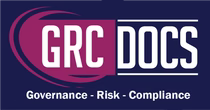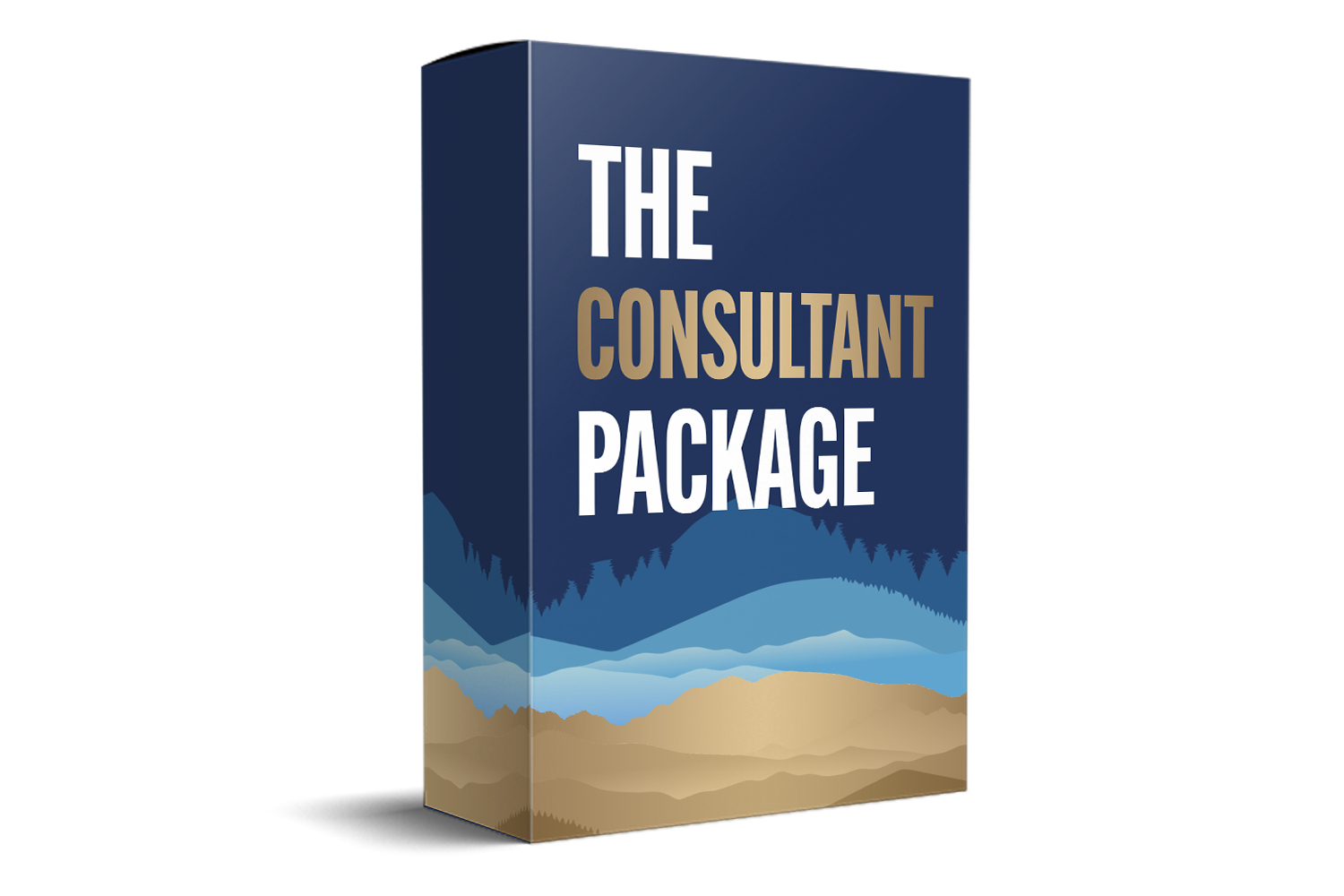SOC 2 Controls List Template Download
Introduction
SOC 2 is a widely recognized compliance framework that ensures organizations manage data securely to protect the privacy and interests of clients. The SOC 2 Controls List provides a structured set of criteria across trust principles such as security, availability, confidentiality, processing integrity, and privacy. These controls are built around governance, risk management, monitoring, logical and physical access, system operations, change management, and risk mitigation. By following this guide, organizations can operationalize SOC 2 requirements into practical steps, ensuring strong security practices, compliance with regulatory expectations, and customer trust.

Step-By-Step Guide For Using The SOC 2 Controls List
Step 1: Establish Control Environment
-
-
Promote a strong culture of integrity, accountability, and ethical behavior.
-
Set the Tone at the Top through leadership and board oversight.
-
Define structures, roles, and responsibilities for managing objectives.
-
Ensure accountability with performance measures and disciplinary actions.
-
-
Why it matters: A strong control environment builds the foundation for trust and compliance.
Step 2: Strengthen Communication and Information
-
-
Capture and process relevant, quality information for decision-making.
-
Communicate objectives and controls internally across all levels.
-
Ensure external communication about incidents, boundaries, and responsibilities is clear.
-
Use secure channels for sensitive communication.
-
-
Why it matters: Transparent and consistent communication enables effective governance and risk control.
Step 3: Conduct Risk Assessment
-
-
Define objectives clearly to assess risks effectively.
-
Identify and analyze risks across the enterprise, including IT and business operations.
-
Consider fraud risks, incentives, and pressures.
-
Review changes in environment, leadership, or systems that may introduce new risks.
-
-
Why it matters: Risk assessments provide insight into vulnerabilities and enable effective prioritization.
Step 4: Monitor Controls
-
-
Develop ongoing and independent evaluations of internal controls.
-
Establish baselines and use trained personnel to conduct evaluations.
-
Communicate control deficiencies promptly and track corrective actions.
-
-
Why it matters: Continuous monitoring ensures that controls remain effective and aligned with objectives.
Step 5: Design and Implement Control Activities
-
-
Develop control activities that mitigate identified risks.
-
Incorporate segregation of duties into processes.
-
Apply technology controls for development, acquisition, and system maintenance.
-
Deploy control activities through policies, procedures, and accountability measures.
-
-
Why it matters: Effective control activities directly reduce risks to acceptable levels.
Step 6: Enforce Logical and Physical Access Controls
-
-
Identify and classify information assets.
-
Apply role-based access controls (RBAC) and least privilege principles.
-
Secure physical facilities like data centers and storage areas.
-
Protect against unauthorized access, software tampering, and malware.
-
Remove access when users leave or roles change.
-
-
Why it matters: Robust access controls protect sensitive data from internal and external threats.
Step 7: Strengthen System Operations and Availability
-
-
Detect configuration changes, vulnerabilities, and anomalies.
-
Implement monitoring for malicious activity, natural disasters, and operational errors.
-
Establish a formal incident response program to contain and remediate threats.
-
Test recovery plans to restore services after incidents.
-
-
Why it matters: Reliable system operations and availability maintain business continuity and service trust.
Step 8: Implement Change Management
-
-
Establish a structured process for system, infrastructure, and software changes.
-
Document, authorize, test, and approve changes before deployment.
-
Use configuration baselines and emergency procedures where needed.
-
Protect confidentiality and personal information during changes.
-
-
Why it matters: Change management prevents disruptions and reduces risks from poorly implemented changes.
Step 9: Apply Risk Mitigation Strategies
-
-
Develop proactive risk mitigation processes for disruptions.
-
Use insurance or alternative strategies where appropriate.
-
Assess and manage supplier and third-party risks.
-
Enforce confidentiality and privacy commitments with external partners.
-
-
Why it matters: Risk mitigation ensures resilience against business disruptions and external dependencies.

Step 10: Ensure Availability Controls
-
-
Monitor system capacity and forecast demand.
-
Implement environmental protections, data backup, and recovery mechanisms.
-
Conduct regular recovery plan and backup testing.
-
-
Why it matters: Availability controls ensure critical services remain accessible even during high demand or environmental events.
Step 11: Protect Confidentiality
-
-
Identify and classify confidential information.
-
Secure storage and retention with access restrictions.
-
Dispose of confidential information securely through destruction procedures.
-
-
Why it matters: Confidentiality controls protect sensitive business and client data, reducing risks of breaches.
Step 12: Continuous Improvement and Review
-
-
Train employees regularly on SOC 2 requirements and controls.
-
Perform periodic reviews of policies, procedures, and control effectiveness.
-
Document updates, exceptions, and lessons learned.
-
-
Why it matters: Continuous improvement ensures SOC 2 compliance evolves with business and regulatory changes.
Conclusion
The SOC 2 Controls List provides a structured and comprehensive approach to securing information systems, protecting customer data, and ensuring operational resilience. By following these twelve steps covering control environment, communication, risk assessments, monitoring, access controls, operations, change management, and risk mitigation organizations can achieve alignment with SOC 2 requirements while building stakeholder confidence. Optional controls for availability and confidentiality further enhance assurance for clients. Ultimately, SOC 2 compliance is not just about passing audits it is about embedding trust, accountability, and security into the organization’s DNA.





